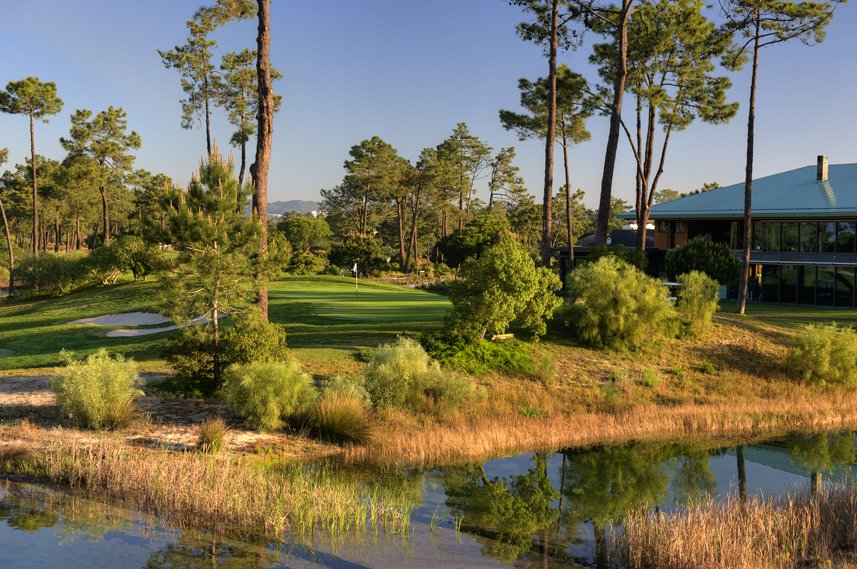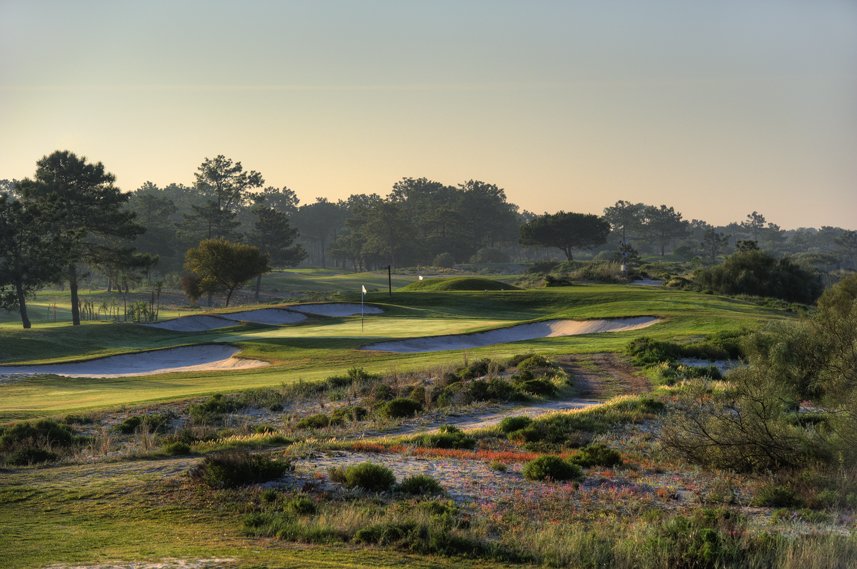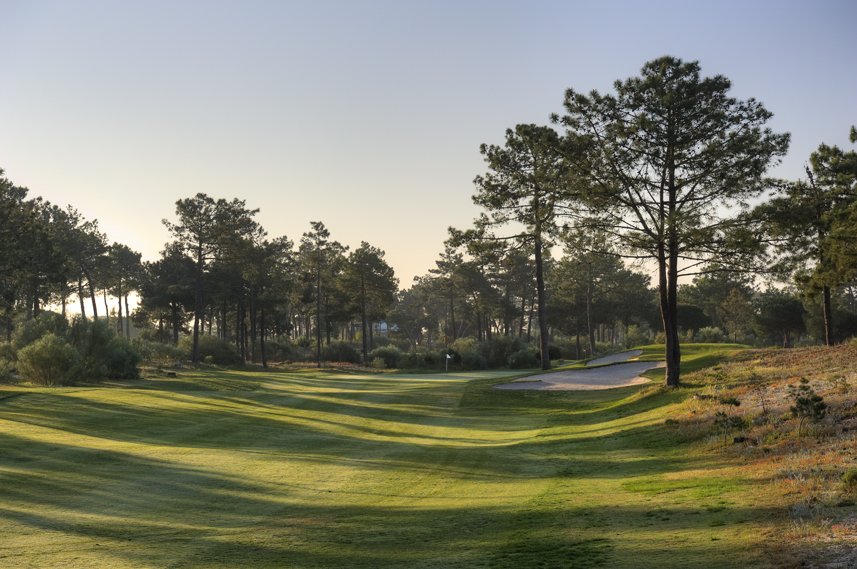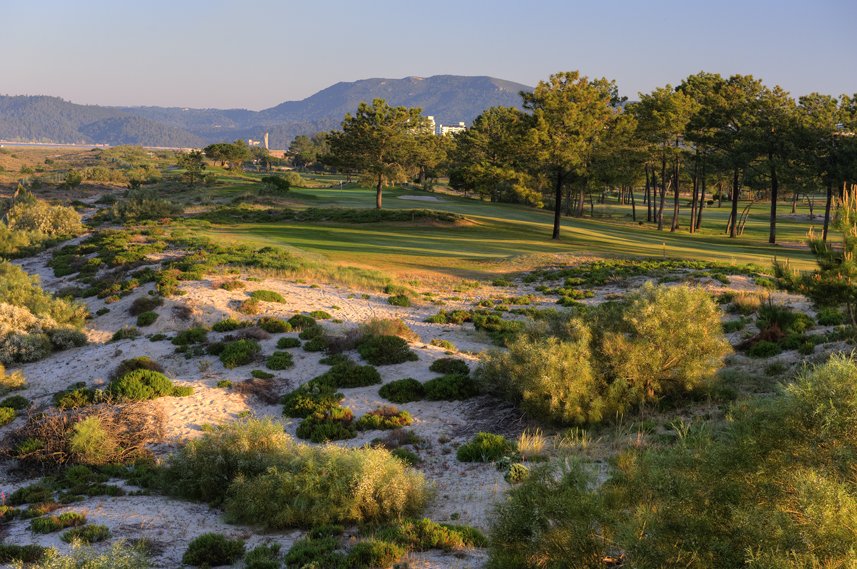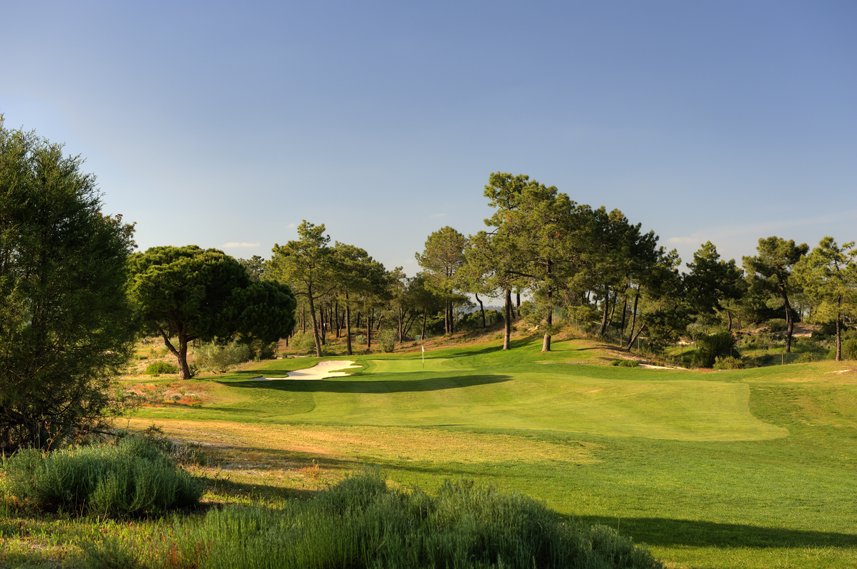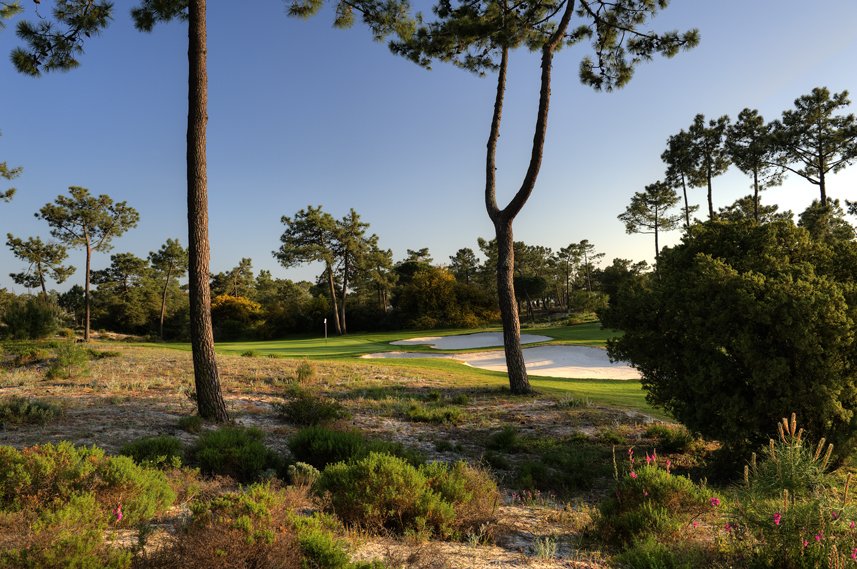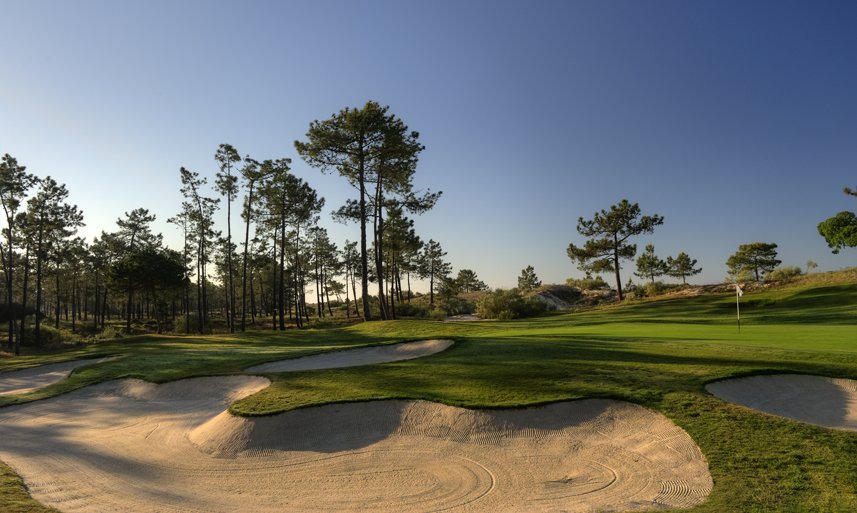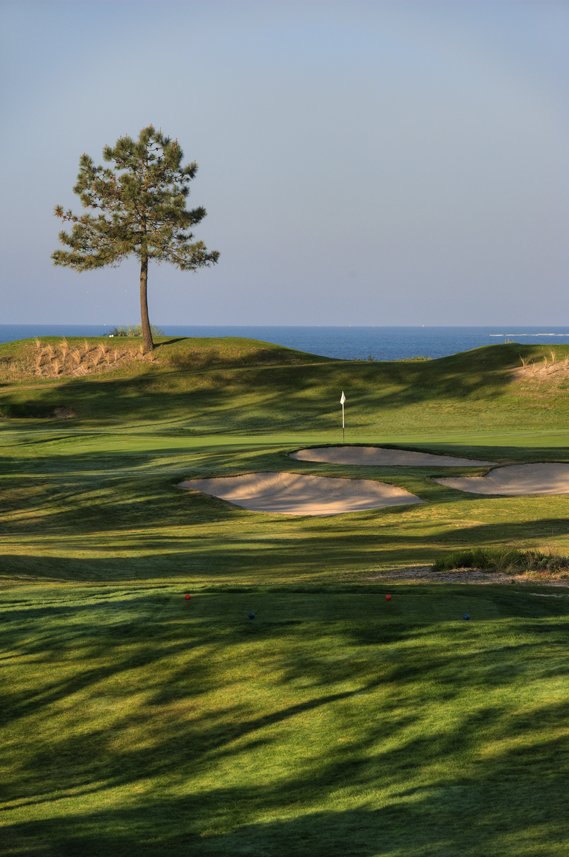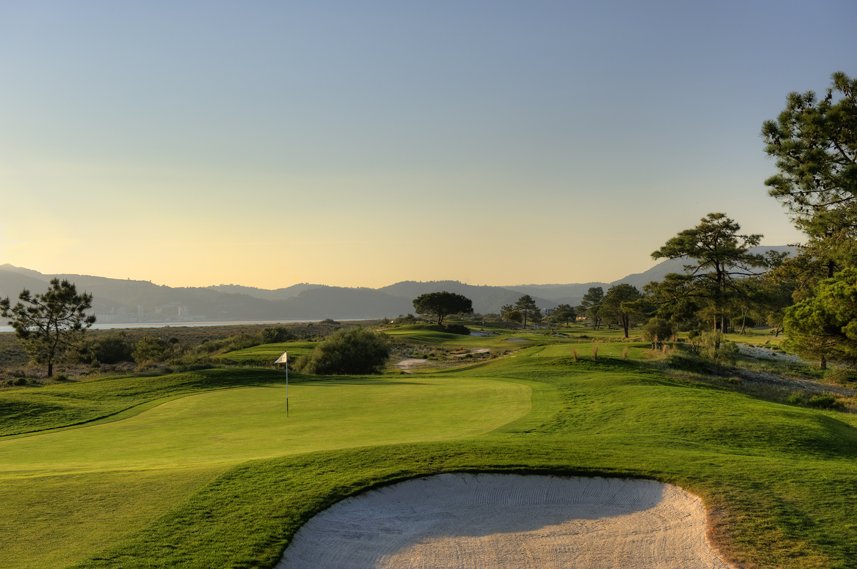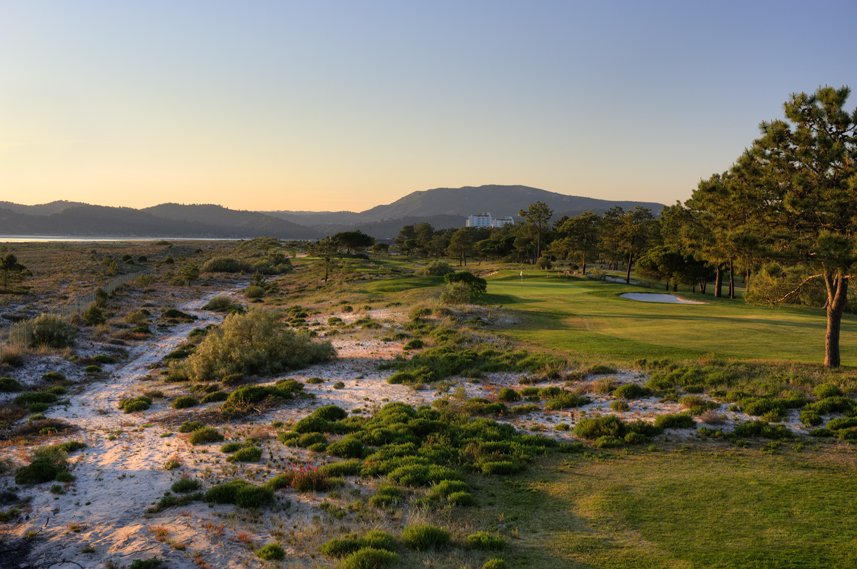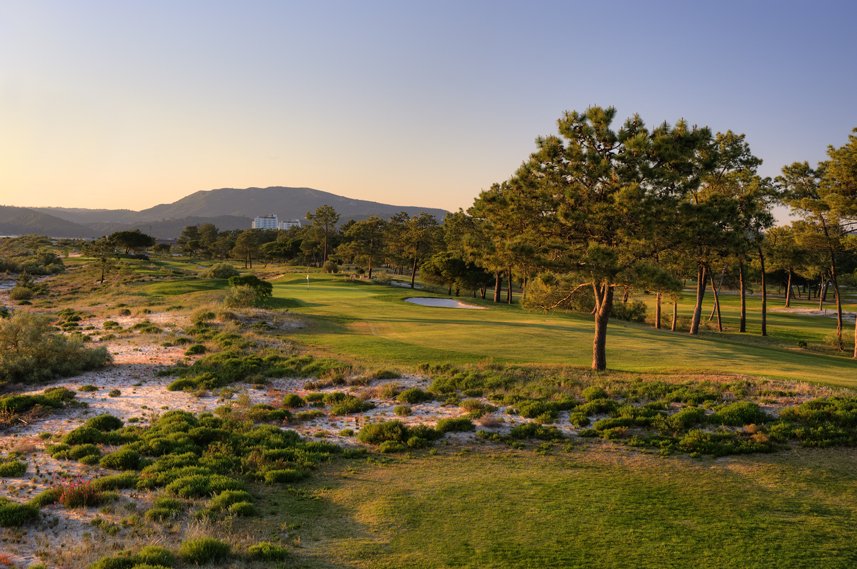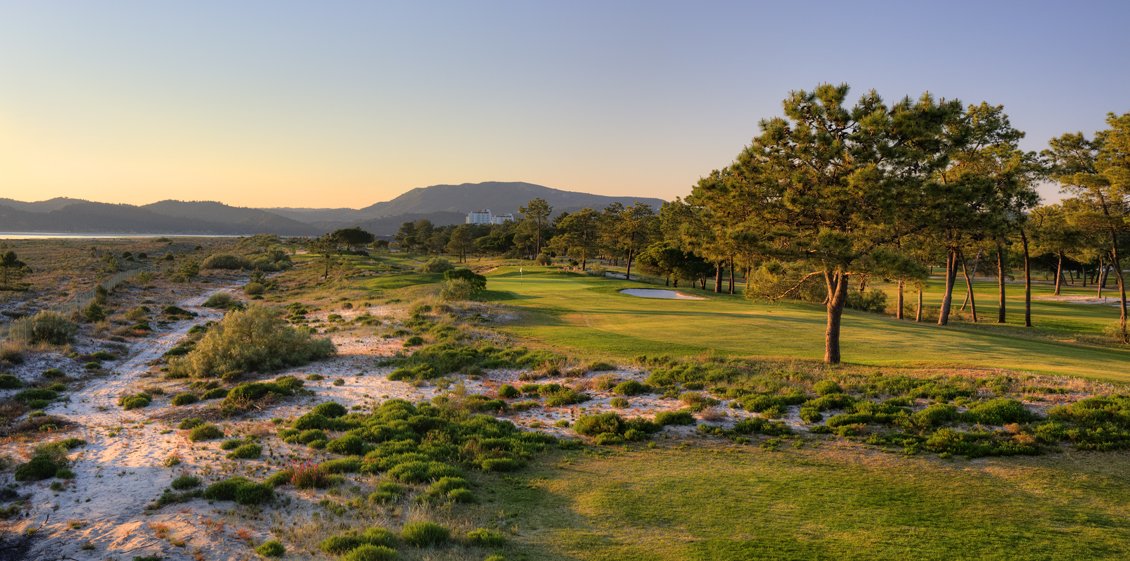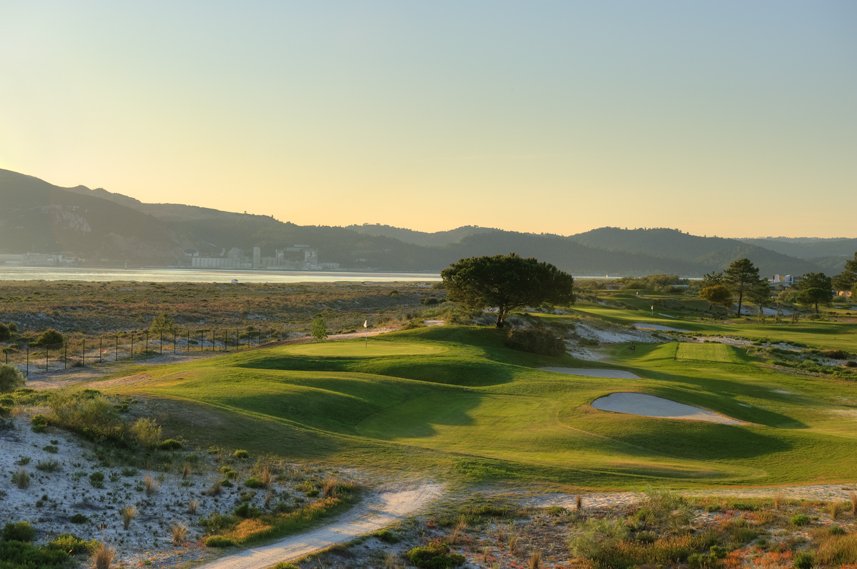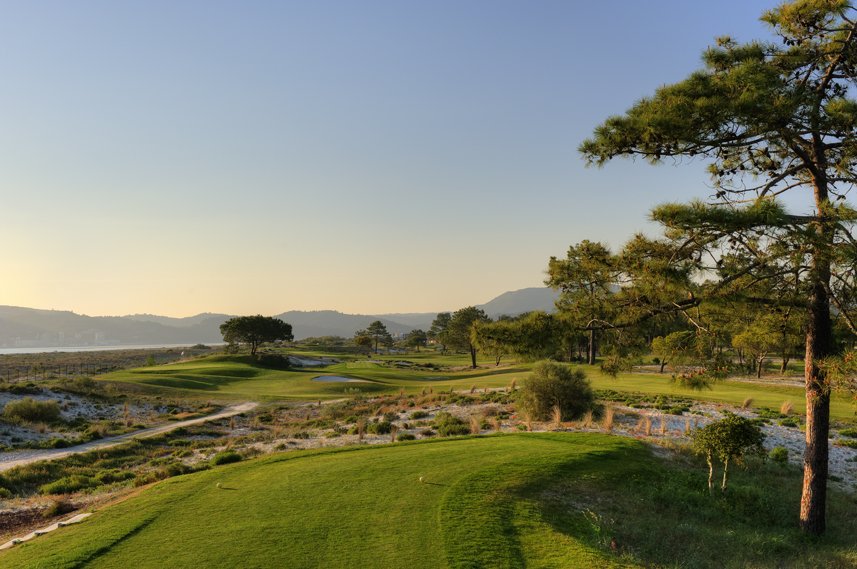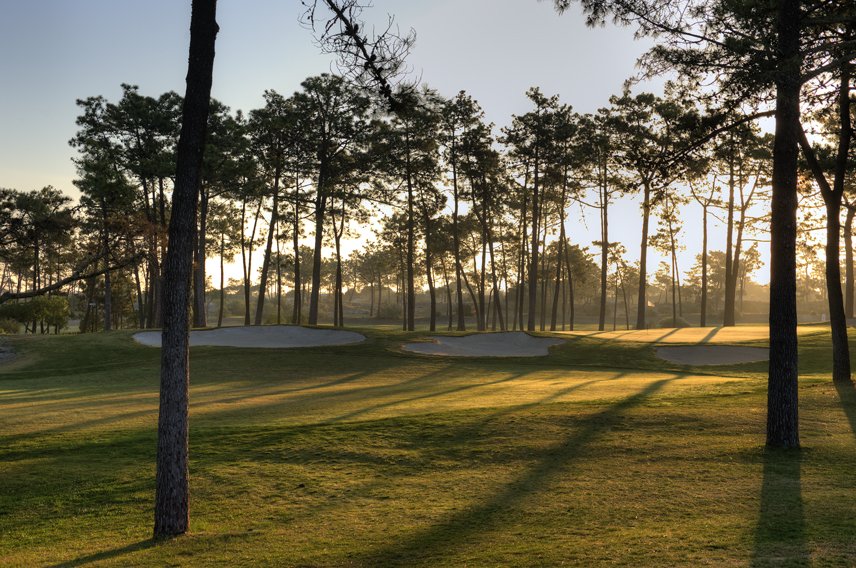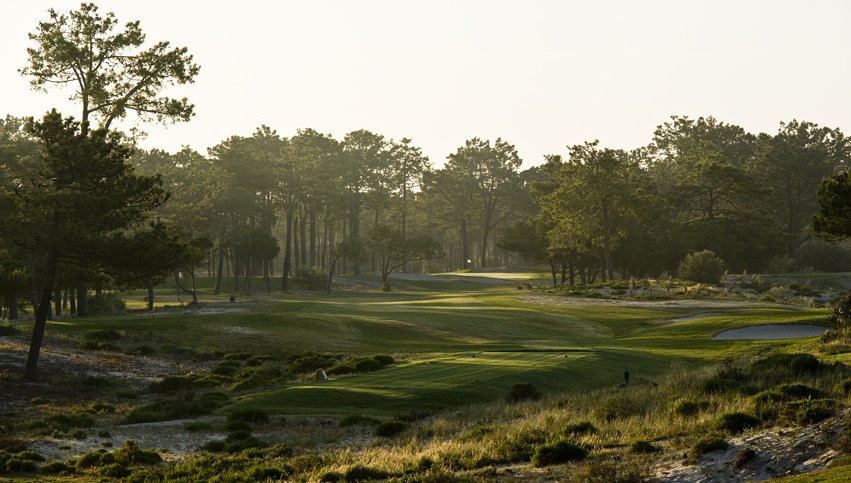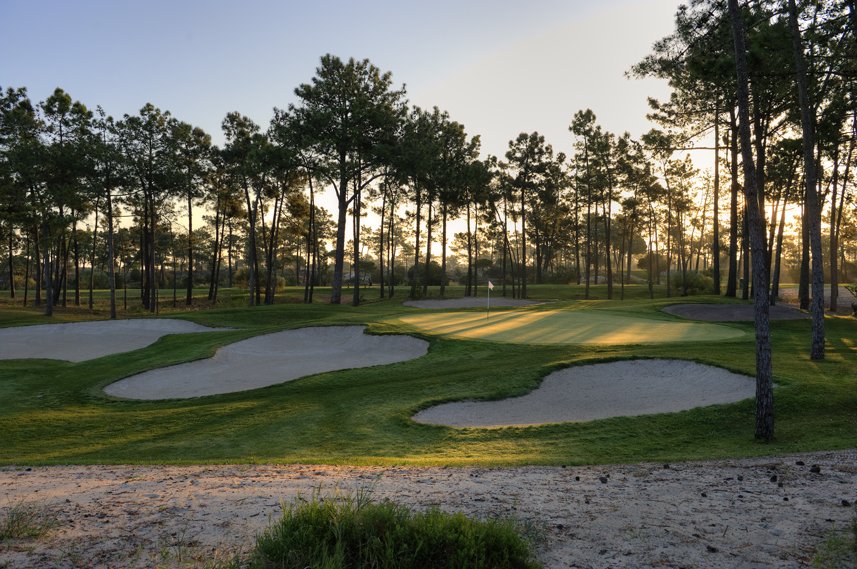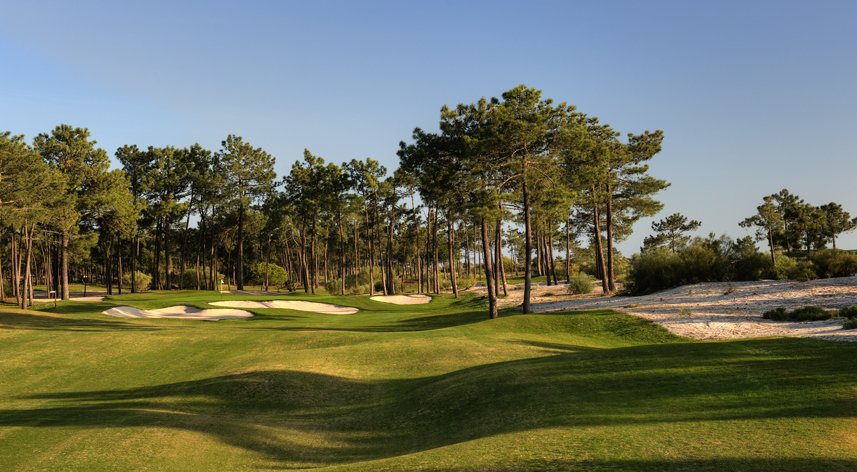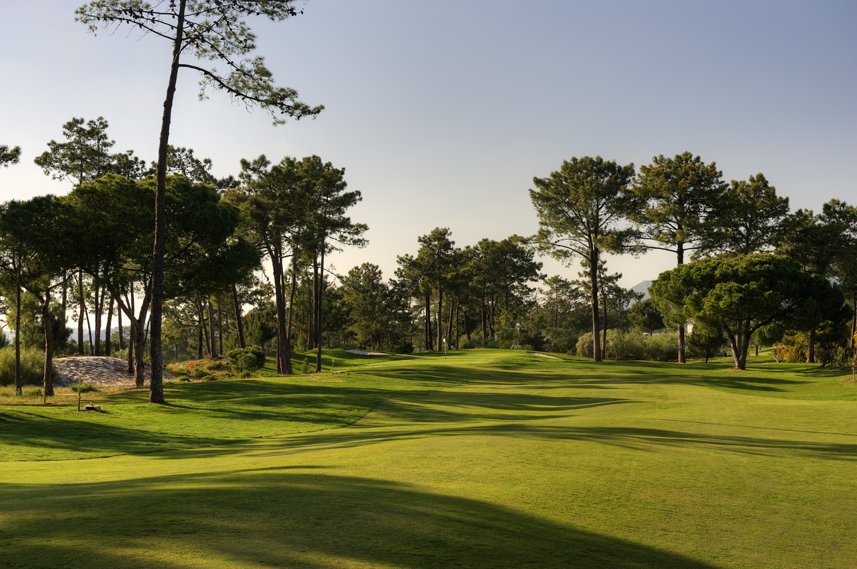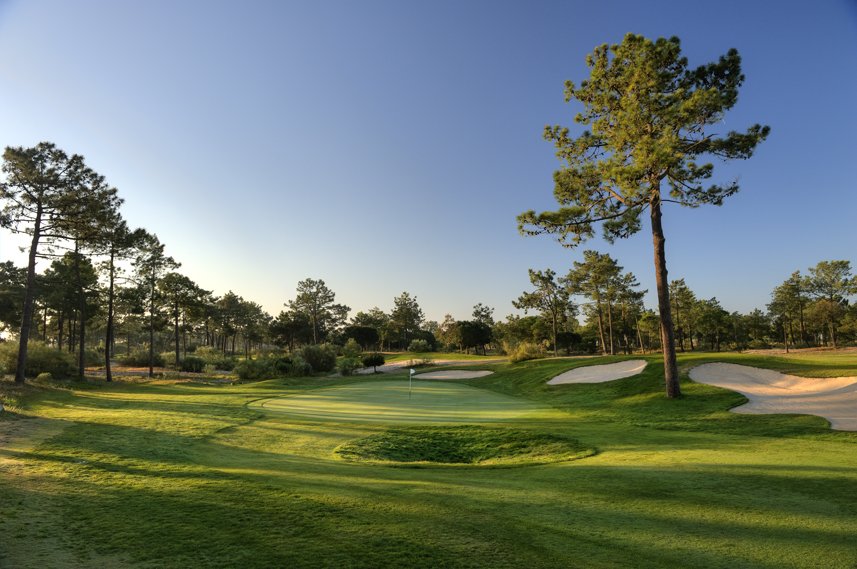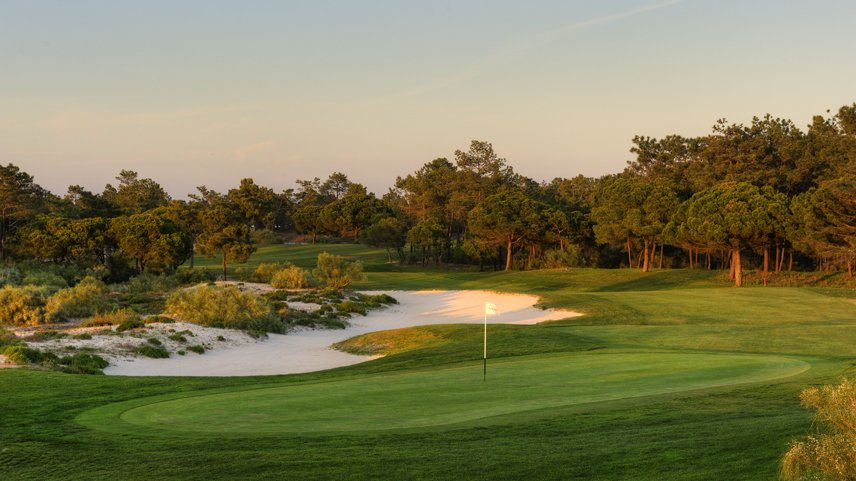Tróia Transformed
The Romans had this place well figured out. You can still see evidence of their industrious activities along the Tróia Peninsula — once home to the largest fish-processing complex in the Empire and one of the most important salt production centres in the ancient world.
The Romans used amphora, clay containers with pointed bottoms, ideal for storage and delivery by land or sea.
From the 1st to the 6th centuries, Tróia was a hub of commerce. Salted and pickled fish — and the region’s most prized product, garum, the fermented fish sauce beloved across Rome — were prepared here and shipped throughout the Empire in conical clay containers known as amphorae.
It wasn’t all work and no play for the Romans. Amid the ruins, you can still trace the outlines of ancient thermal baths — complete with an apodyterium (changing room), frigidarium (cold bath), tepidarium (warm room with underfloor heating), caldarium (sauna and plunge pool), swimming pools, and even an exercise hall.
It’s easy to imagine legionnaires relaxing here, gazing out at the same crystalline waters that today lap Tróia’s white-sand beaches.
Tróia Transformed
The 17th hole at Troia Golf is a challenging 180-yard par-3 by the Atlantic Ocean. A narrow green guarded by bunkers and swirling coastal winds demands precise club selection and strategy. Its sloping green makes uphill putts key, blending natural beauty with a tough test for all golfers.
Fast forward a couple of millennia, and Tróia is transforming once again. Long known for its natural beauty and quiet exclusivity, the peninsula is emerging as one of Portugal’s most intriguing redevelopment stories.
Pestana’s Tróia Eco Resort & Residences has already set a benchmark for sustainable luxury, blending discreet design with dune-framed serenity. Now, global hospitality giants are taking notice. The Hyatt Regency Lisbon has already made waves in the capital — and a new Hyatt-branded resort is set to open right here on Tróia.
And at the heart of it all lies a course that’s getting its groove back.
Classic Reborn
The Tróia Golf Course has long been one of Europe’s most delightful seaside layouts — a pine-framed masterpiece designed by Robert Trent Jones Sr. that rewards precision, creativity, and a love of pure, natural golf.
But in recent years, the course lost its shine. The good news? That’s changing. The fairways are being tidied, overgrown trees removed to restore sweeping sea views, and the clubhouse is undergoing a smart, understated refurbishment.
This isn’t about reinvention — it’s about restoration. The spirit of Jones’s original design remains untouched, while the improvements will make the course more playable, more beautiful, and more in tune with its environment.
When it regains top shape next year (2026) Tróia will once again be a great addition to all that’s going on, especially in nearby Comporta.
The Journey South
Getting here is part of the charm. Skip the motorway and head instead to Setúbal, a lively port town brimming with seafood restaurants and waterfront cafés. From there, hop on the short ferry across the Sado Estuary, and watch the peninsula rise from the water, framed by dunes, pines, and the blue shimmer of the Atlantic.
I first played Tróia a few years ago and fell in love — with the course, the setting, the sheer sense of space. When I returned recently, I feared the rumours of decline were true. They were. But only for a time.
Because now, Tróia feels alive again.
The Romans knew a good thing when they found it — and so, it seems, do the developers of today.

